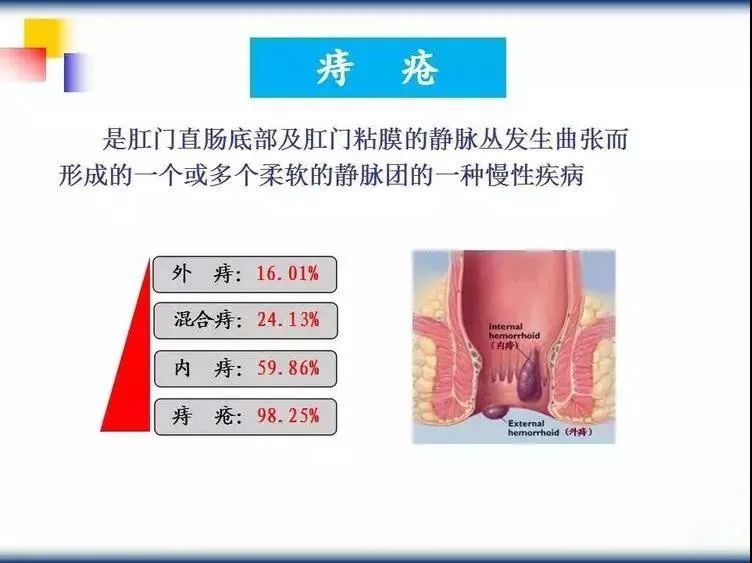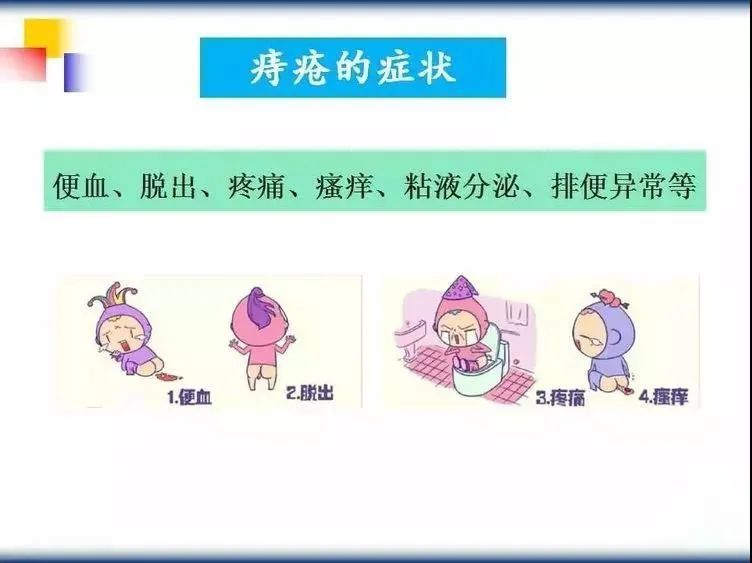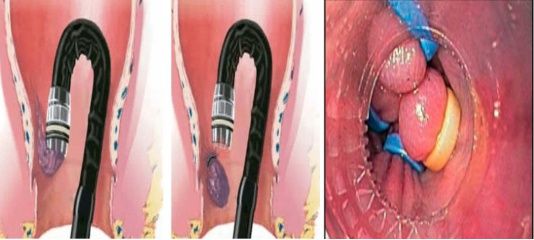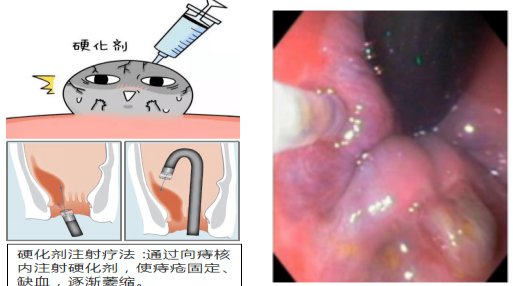Q: What is it like to have hemorrhoids?
Answer:It is equivalent to an extra layer of armor and a layer of weakness on the chrysanthemum.
Answer: When the attack occurs, all thoughts are lost, and I just want to kneel and beg to let it go!
Answer:When I was going to the toilet, my colleague discovered that I had used a pad with blood on it. Know your feet? Oh, my gender is male!
…
“Nine hemorrhoids in ten people” means that the incidence of hemorrhoids is very high, and many people are afraid of the pain of surgery, or The wound did not heal well, and he was unwilling to go to the hospital for treatment, which was delayed again and again. Today, a gastroenterologist from Wenshan People’s Hospital will introduce to you the minimally invasive treatment of internal hemorrhoids under endoscopyendoscopic< span>, are accepted by the majority of patients due to their advantages of less pain, shorter treatment time and faster recovery.
Hemorrhoids, especially bleeding or prolapse of internal hemorrhoids, are common diseases, which can affect work and life in severe cases, and even lead to severe anemia


< span> Both domestic and foreign guidelines recommend: Ⅰ, Ⅱ and some grade Ⅲ internal hemorrhoids, if the adjustment of diet and living habits, and drug treatment are ineffective, the preferred treatment method is endoscopic minimally invasive treatment. Compared with surgery, its advantages are: short operation time, less intraoperative blood loss, no need to change dressings after surgery, less pain for patients, and faster recovery!
Most patients will choose to perform bothgastrointestinal endoscopy and minimally invasive treatment of internal hemorrhoids at the same time< /span>, a complete series of gastrointestinal tumor screening and internal hemorrhoid treatment can be completed with only one preparation of fasting, bowel cleansing, and anesthesia (optional).
❤
1. Bandage treatment
Endoscopic hemorrhoid ligation (EBL) is to ligate the internal hemorrhoids with a rubber band through an endoscopic snare device, so that the hemorrhoid vein is ischemia, sterile necrosis, the hemorrhoids fall off, and the hemorrhoids disappear.

Advantages of this technique:
①The operation is minimally invasive, less painful, and the recovery is fast;
②Controlled ligation strategy protects the function of the anal cushion, does not affect defecation, and lifts up to treat prolapsed internal hemorrhoids ;
③The scope of the treated blood vessels was wider and sclerotic.
2. Endoscopic Sclerotherapy (EIS) for Hemorrhoids
< p>This is a new endoscopic minimally invasive treatment method to assist endoscopic treatment of internal hemorrhoids, rectal mucosal prolapse and other lesions. After injection of sclerosing agent, aseptic inflammatory reaction will occur around hemorrhoids and hemorrhoids, and the fibrosis of submucosal tissue will cause hemorrhoids to shrink, so as to achieve the purpose of treatment.
Advantages of this treatment technique:
The endoscopic surgical field is very clear, the sclerosing agent can be injected precisely, without pain, It is safe and can be treated repeatedly.

3. Bandage + sclerotherapy.
Applicable to: stage I, stage II and some stage III patients. Sclerotherapy can be injected on the ligated hemorrhoids, or sclerotherapy can be injected into the area that is not easy to ligate the internal hemorrhoidsFor special patients, a combination of the two is required, and satisfactory therapeutic effects have been achieved.
❤
1. Symptoms related to internal hemorrhoids, conservative through diet and medication Ineffective treatment;
2. Old age, hypertension, diabetes and severe systemic diseases, unable to tolerate surgery;
3. Postoperative recurrence, and reoperation is not suitable after repeated operations;
4. Patients who are afraid of surgical operations, and are worried about long hospitalization and great pain.
Precautions after internal hemorrhoid surgery:
Wenshan People’s Hospital Department of Gastroenterology in 2018 He has carried out minimally invasive treatment of internal hemorrhoids under endoscope in 2018, bringing good news to patients with hemorrhoids. Endoscopic treatment can be considered for patients with hemorrhoids of grade I, II, and III internal hemorrhoids who are ineffective in conservative drug treatment. It is necessary to exclude other diseases of the colorectum and perianal area during the treatment. Generally, the patient can be discharged after 2-3 days of observation, and can resume normal diet after a week.
(Source: Department of Gastroenterology, Wenshan People’s Hospital) span>
(Editor: Xu Jun layout: Zhang Zhenfei Review: Liang Dan)